Solar Panel Sales By Year
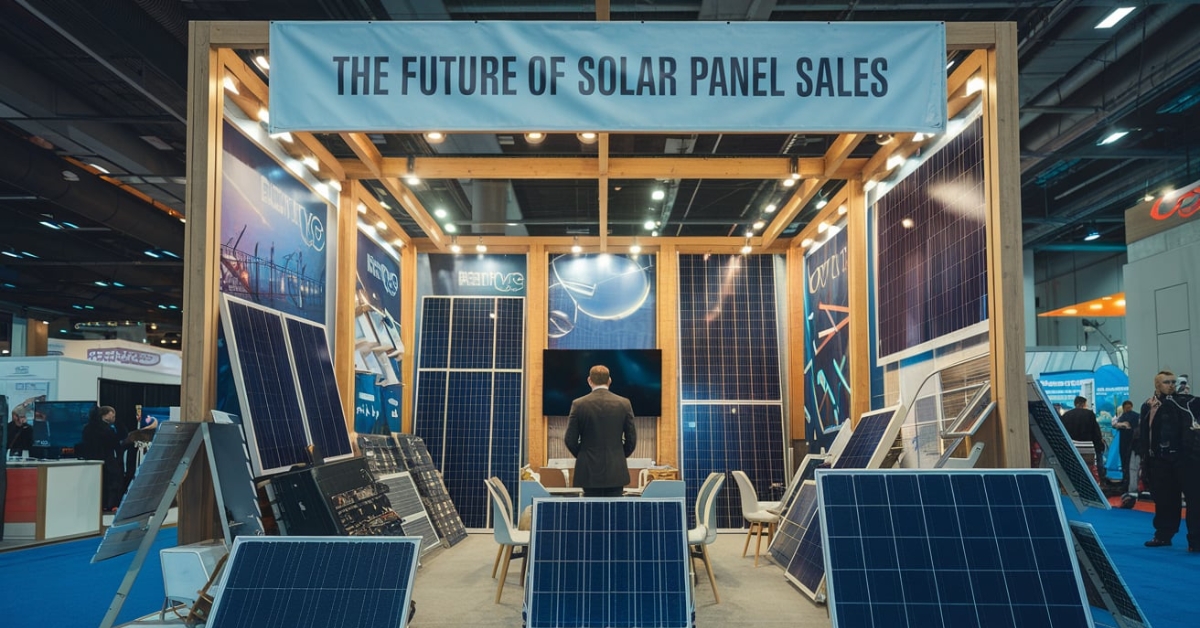
In recent years, there’s been a growing awareness of climate change and its serious impact on the planet. Coupled with this, global energy crises have driven energy costs through the roof, pushing more people towards renewable energy solutions. Solar panels, in particular, have seen remarkable growth as a cleaner and more affordable energy alternative.
In fact, solar panels are one of the fastest-growing renewable energy sources globally. Market analysts predict that over 450 GW of solar energy will be installed worldwide by 2026, a significant increase from previous forecasts (Statista, 2023). This trend signals that solar power is rapidly becoming the go-to renewable energy choice for homes and businesses alike.
As installation rates continue to rise, solar energy is poised to become one of the most accessible and cost-effective renewable sources worldwide. Curious about switching to solar? Let’s dive into some key stats that showcase solar panel sales by year.
What Is the Future of Solar Panel Sales?
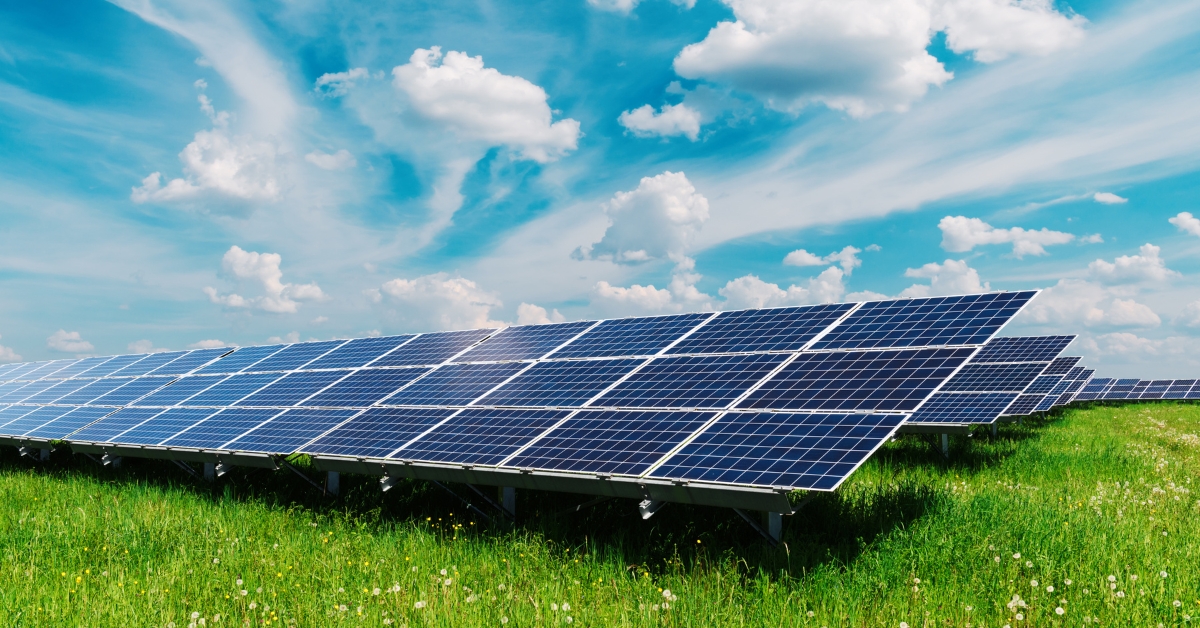
Now that we’ve looked at past trends, what’s in store for the future of solar panels? With increasing awareness about sustainability and energy efficiency, more and more consumers are considering solar power for their homes. According to industry experts, around 60% of UK homeowners will seriously consider installing roof-mounted solar panels within the next few years (Mintel, 2020).
But what’s driving this surge in solar adoption? The answer largely comes down to skyrocketing electricity prices. In the UK alone, household energy prices jumped by 54% in April 2022 and are expected to rise by a further 20% in 2023 (UK Parliament, 2023). These steep increases make solar energy not only an environmentally conscious choice but also a financially smart one. It’s clear that as energy prices climb, we can expect even more solar installations in the near future.
Credit: SciShow
Solar Panel Statistics At A Glance
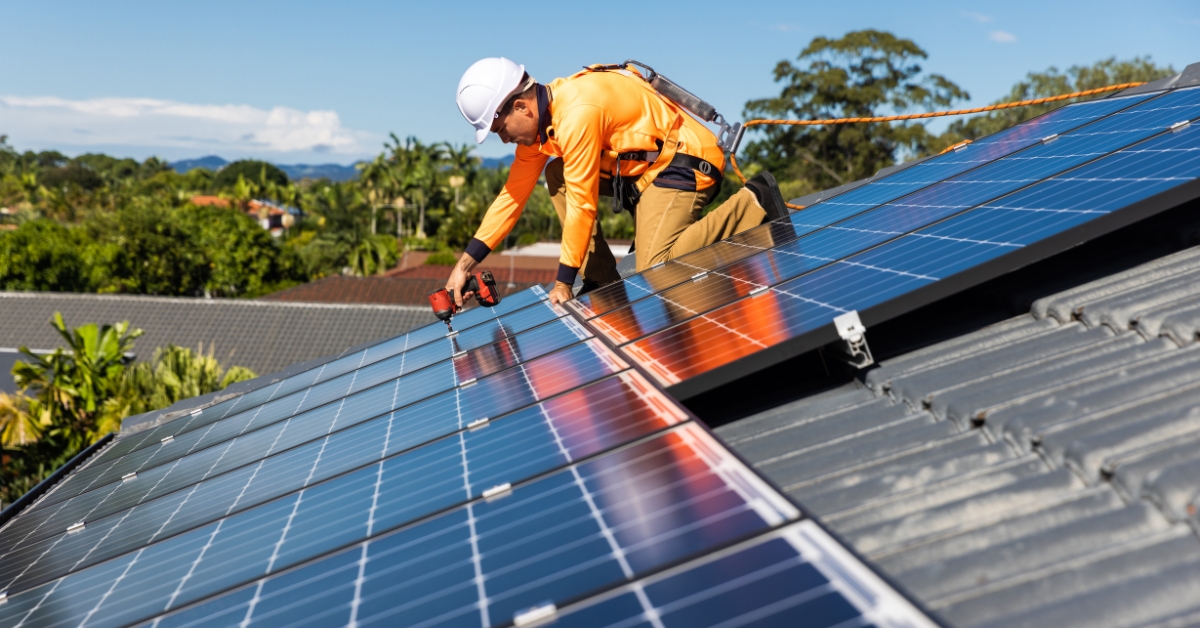
Solar energy’s growth is nothing short of impressive. To grasp its potential, consider this: at any moment, 173,000 terawatts (TW) of solar energy hits the Earth—10,000 times more than the world’s total energy consumption during the same period. For comparison, the world currently consumes about 23,900 terawatt-hours (TWh) of electricity annually, most of which still comes from fossil fuels (The Eco Experts, 2022).
These figures highlight the vast untapped potential of solar energy, especially when you factor in the rising costs and dwindling availability of fossil fuels. Transitioning to solar is not just a smart move for the environment, but a necessary one for the future of energy security. Governments worldwide should prioritise making solar energy more accessible, especially in regions with limited electricity infrastructure.
When it comes to installations, residential solar panels are leading the charge. In the UK, 79% of new solar installations are small-scale systems of 4kW or less, boosting residential solar capacity to 43MW by mid-2022 (Smart Energy, 2022).
Globally, the total solar photovoltaic (PV) capacity has been steadily climbing. In 2021, global cumulative solar capacity hit 940 GW, with 168 GW of new PV installations that year alone (Statista, 2021). With the pace of installations accelerating, solar power is on track to play a key role in the global shift towards renewable energy.
Must Read: The Advantages of Solar Power: Harnessing Renewable Energy
Affordability and Infrastructure
One factor that affects the accessibility of solar power is cost. While solar-generated electricity is often cheaper than fossil fuels, the initial costs of installing and maintaining solar infrastructure can be high. In fact, the cost of solar and hybrid grid connections rose by around 20% in 2022, a significant jump from pre-pandemic levels (IEA, 2022).
These rising costs are partly due to a lack of governmental support in some regions, which has slowed the development of renewable energy infrastructure. However, with the right investment, solar energy could become a more viable and stable solution, especially as it’s less vulnerable to global crises compared to fossil fuels.
According to recent energy reports, renewable sources contributed 29% of the world’s electricity generation in 2020, a 27% increase from the year before. Solar power accounted for 11.4% of this total, with hydroelectric and wind leading the way at 57.8% and 21.4%, respectively (The Eco Experts, 2023). Though solar currently makes up a smaller portion of the renewable energy mix, all signs point to it becoming a leading player in the near future.
Solar Panel Sales By Year
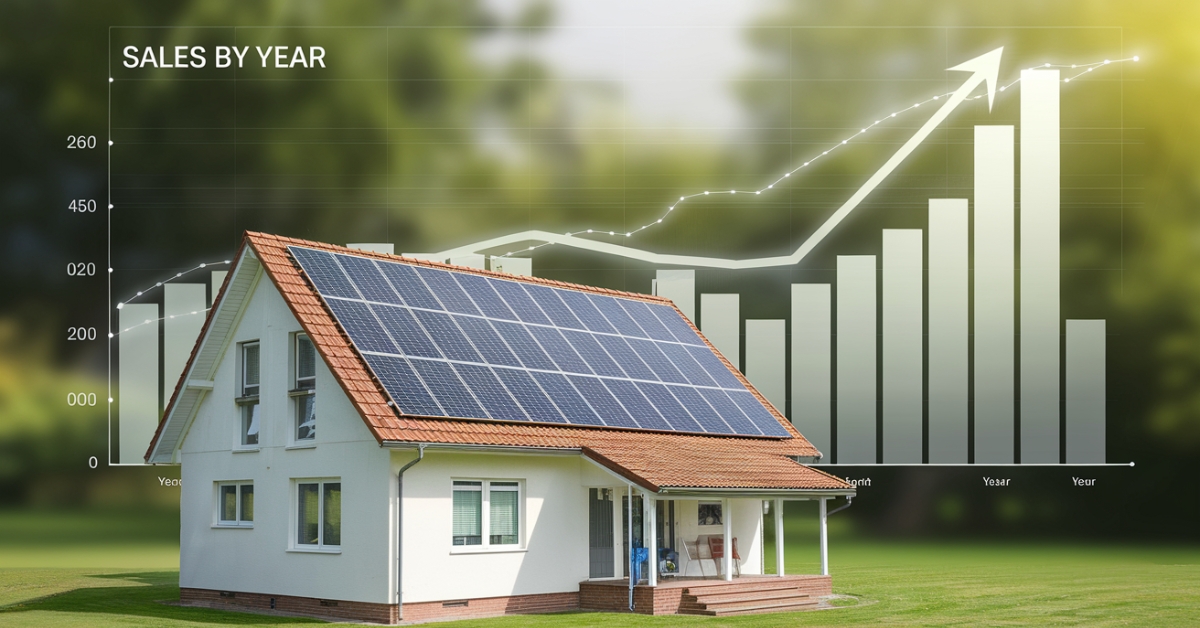
Solar panel sales have surged in recent years, driven by growing awareness of environmental issues and a pressing need for alternative energy sources. While the market wasn’t always as robust, recent figures show that solar panel adoption is on an upward trajectory, with experts predicting even more growth in the coming years.
Below are some key statistics that illustrate the growth of solar panel sales in the UK from 2022 through to 2024.
2024
- As we move through 2024, the solar energy market in the UK is showing no signs of slowing down. By March 2024, solar panel installations are estimated to exceed 2.5 million across the country, as consumers increasingly turn to renewable energy amidst continued fluctuations in energy prices (Statista, 2024).
- Projections for the solar energy market indicate that installations will rise by an additional 25% by the end of 2024, marking a record-breaking year for solar energy adoption. The UK government’s ongoing commitment to achieving net-zero emissions by 2050 and reducing reliance on fossil fuels has led to more funding for solar energy projects, further boosting the industry.
- In 2024, searches for solar panels are expected to increase by 60%, with sales of solar-powered batteries also on the rise. The affordability of solar technology is improving, making it more accessible to a wider demographic of homeowners and businesses.
- The UK solar panel market continues to grow at a remarkable pace, reflecting both the pressing need for renewable energy solutions and the increasing economic benefits of switching to solar. As we look ahead, solar power is set to play a pivotal role in reshaping the energy landscape.
2023
- Fast forward to 2023, solar energy continues to dominate the UK’s renewable energy market. By mid-2023, solar panel installations had increased by nearly 20% compared to the previous year, with more than 4,200 installations reported by June. Rising energy costs, which jumped by over 50% in early 2022, have continued to push UK households toward solar energy as a viable alternative.
- In 2023, solar panel installations in the UK surpassed 2.2 million, as consumers sought to counter high electricity bills and embrace more sustainable energy solutions (Statista, 2023). The UK government also introduced more incentives for households to install solar panels, further encouraging this green energy shift. These policy measures, alongside continued price increases for traditional energy sources, have driven a significant rise in demand for solar panel systems.
2022
- By September 2022, there were approximately 3,500 solar panel installations in the UK, showing a rise of 11,000 from last year. More and more consumers are installing solar panels, with one installation occurring every week across the region. (fmb, 2022).
- Between 2022 to 2027, the UK solar panel market is expected to increase by 5% annually. One of the biggest push toward more solar panels comes from rising energy prices (mordorintelligince, 2023)). This report highlights the market share of solar energy in the UK. Even though this industry is steadily expanding in the region, the market faces a few setbacks as well. Most of these came from the shutting down the industrial sector due to the pandemic. Despite this setback, there is an increasing interest in solar energy, and with more government funding, it is possible to expand the solar energy infrastructure.
- In general, more and more UK consumers are showing interest in purchasing solar panels. In 2022, eBay's search for solar panels and solar powered batteries increased by 54% and 134% in June compared to a similar time last year (theguardian, 2023). This data indicates the growing interest in solar energy and demand for solar panel systems in the UK. With such a significant rise, we can expect more solar panel sales in the future.
- Market data indicates that over 1.9 million UK households will install solar panels and other renewable energy infrastructure in their homes (theguardian, 2023). With rising energy prices, more people are looking to switch their power source to a cleaner and more economical option.
2021
- In 2021, the UK installed 730 MV worth of solar panels across the region, building on the rapid growth of renewables over the past three years. These installations increased the market share of solar energy by 34% compared to 2020 (solarpowerportal, 2022).
- 65% of the solar panel installations in 2021 were ground-mounted infrastructures. This was followed by rooftop residential and rooftop commercial installation, respectively (solarpowerportal, 2022). This statistic shows the various types of solar panel installation consumers prefer. Improving solar energy infrastructure based on this data will increase the demand for this renewable energy.
- In 2021, there were approximately 67,000 solar PV and solar thermal installations across the UK. These installations outperformed the number of heat pump installations which amounted to 24,000 units (renewableenergyhub, 2021). This figure shows a comparison of solar panels and other heating systems. The popularity of solar PV shows its effectiveness and makes it an ideal renewable energy source for all buildings.
2020
- According to government reports, in 2020, there were approximately 970,000 UK homes with solar panel installations. This data shows that 3.3% of the 29 million households in the UK are generating electricity through solar energy (thecoexperts, 2023). With this stat, we can see that the 2020 sales of solar panels were a lot less compared to current sale data however, this year was still a step in the direction in terms of growth for the solar market.
- By 2020, solar panels produced 11,370 MW of energy throughout England. This growth trend was present throughout other UK’s other regions as well. In comparison, solar panels only accounted for one MW of electricity in England in 2008 (thecoexperts, 2023).
- The shutting down of the industrial sector during the pandemic was one of the main reasons why the demand for solar panels fell in 2020. Solar panel production experienced a large drop in H1 2020. (thesolarlabs, 2020). The covid-19 had a detrimental effect on many industries, including the solar panel market. This shutdown caused several setbacks in the development of solar technology and infrastructure. However, since the easing of the lockdown, there has been a steady increase in solar panel sales and production.
2019
- By the first quarter of 2021, the installed solar capacity in the UK was over 13 GW. This energy generation comes from 500,000 solar units installed throughout the region (solarfeeds, 2022). With these statistics, we can see the state of solar energy and how it grew to its current number in 2022.
- When it comes to solar energy generation, 2019 was a significant year for solar systems in the UK. In 2019, solar panel installations produced 2.7 TWh of emission-free electricity across the region, excluding Northern Ireland. This figure was a 46% increase from the same period last year and a 43% increase from 2018’s fourth quarter (solarmagazine, 2020).
- In 2019, Solar Century was UK’s fastest-growing renewable energy company providing efficient solar panels in the UK and abroad. The company’s profit grew by 860% from £1.5 million in 2018 to £14.4 million in 2019 (theguardian, 2020).
2018
- In 2018, UK’s solar energy capacity grew to 13,000 MW. This was a significant increase from the 12 MW figure in 2006 (solarfeeds, 2020). Due to this growth, solar energy has become of the key players in renewable energy today.
- In 2018, the UK hit its peak percentage of solar energy generation at 27.8%. This figure reflects the amount of energy produced through solar panels in that year alone. Additionally, solar power was the country’s number one electricity source ahead of gas (rss, 2020). Even though solar energy only held this position briefly, it showed the importance of this renewable energy source even before it becomes a popular option for consumers.
- Nissan Energy Solar panels were introduced in 2018 to help consumers efficiently integrate this renewable energy system into their homes and save on energy costs (nissannews, 2019). Having a recognisable and well-regarded company introduce solar panel systems was a great way to install more of this infrastructure throughout the region.
2017
- Solar panel installation grew by 50% worldwide in 2017. China and US were the two countries leading these installations; however, in Europe, UK was the leading region with the most solar panel installations in 2017 (theguardian, 2017). Even though solar panel installation saw a decline in 2016 and 2017 due to subsidies, consumers still showed high levels of interest in this renewable energy source.
- Solar panel generation increased by 11% in 2017, reaching an amount of 11.5 TWh. In terms of solar capacity, this area saw an increase of 7.3%, amounting to 12.8 GW (govuk, 2017). With these figures, we can compare and contrast the difference between solar energy numbers in 2017 and 2022. The growth of this renewable source during five years shows promising future solar energy trends.
- In 2017, solar energy provided 0.5% of the UK’s renewable energy, behind nuclear, bioenergy, and wind power (govuk, 2017). These statistics show how little solar energy was used to power the UK. By comparing this to current solar energy figures, we can see how big this industry has gotten in five years.
Know Also: The Benefits of Using Renewable Energy Sources
The Rise of Solar Energy Worldwide
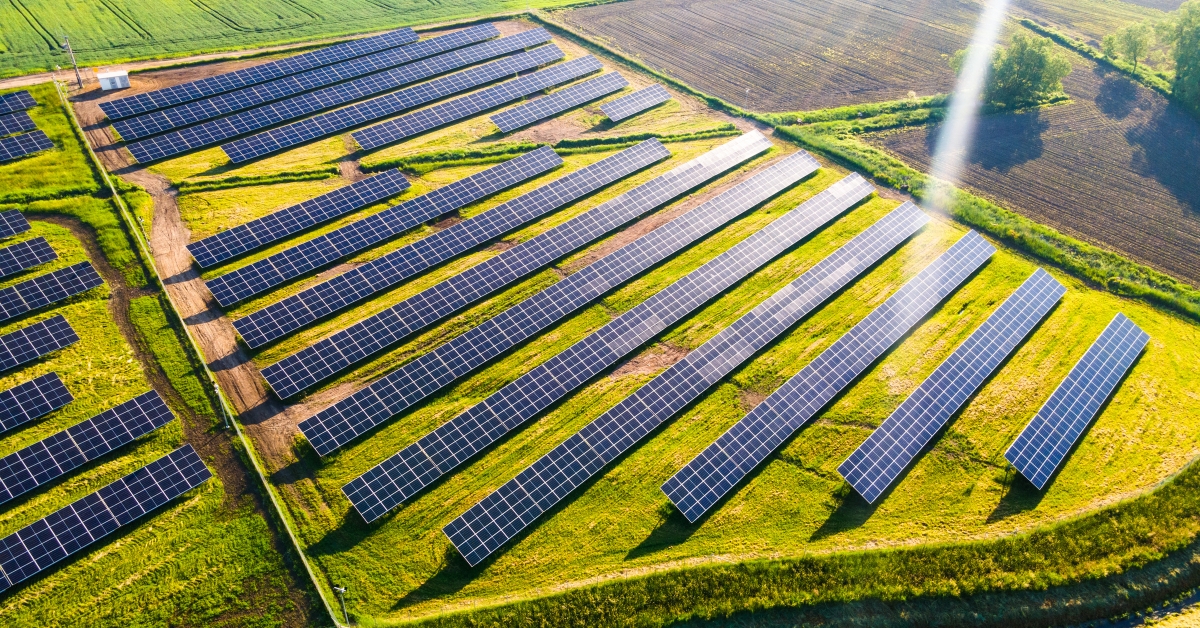
Solar energy is no longer a niche option. With governments worldwide placing greater emphasis on increasing renewable energy output, solar energy is picking up speed as a mainstream power source. Below are some updated statistics that capture the incredible growth of solar energy across the globe.
The global solar energy market is projected to reach an astounding $422 billion by the end of 2022, a dramatic rise from just $86 billion in 2015. One of the key factors driving this growth is the rapidly declining cost of Solar PV systems (Statista, 2023). As prices fall, more consumers can afford to invest in this clean energy source, helping to broaden solar’s appeal to a wider demographic.
Since 2010, the price of solar panels has plummeted by 88%. Today, installing solar panels could save you around £500 annually on your energy bills (The Eco Experts, 2023). For many, the high upfront cost has traditionally been a barrier to going solar, but thanks to the significant price drop, solar power is now within reach for more households than ever before. And let’s not forget—solar panels are a long-term investment, offering savings and environmental benefits for years to come.
Credit: CNBC
Solar Installations in the UK

2022 was a landmark year for solar panel installations in the UK, with the country increasing its solar energy capacity by 556 MW. This growth trend is expected to continue well into 2023 and beyond (Solar Power Portal, 2023). The rise of solar energy in the UK reflects a global shift, and with more innovative technology and government funding, we can expect solar infrastructure to become even more efficient and cost-effective.
A Global Milestone: Reaching the Terawatt Mark
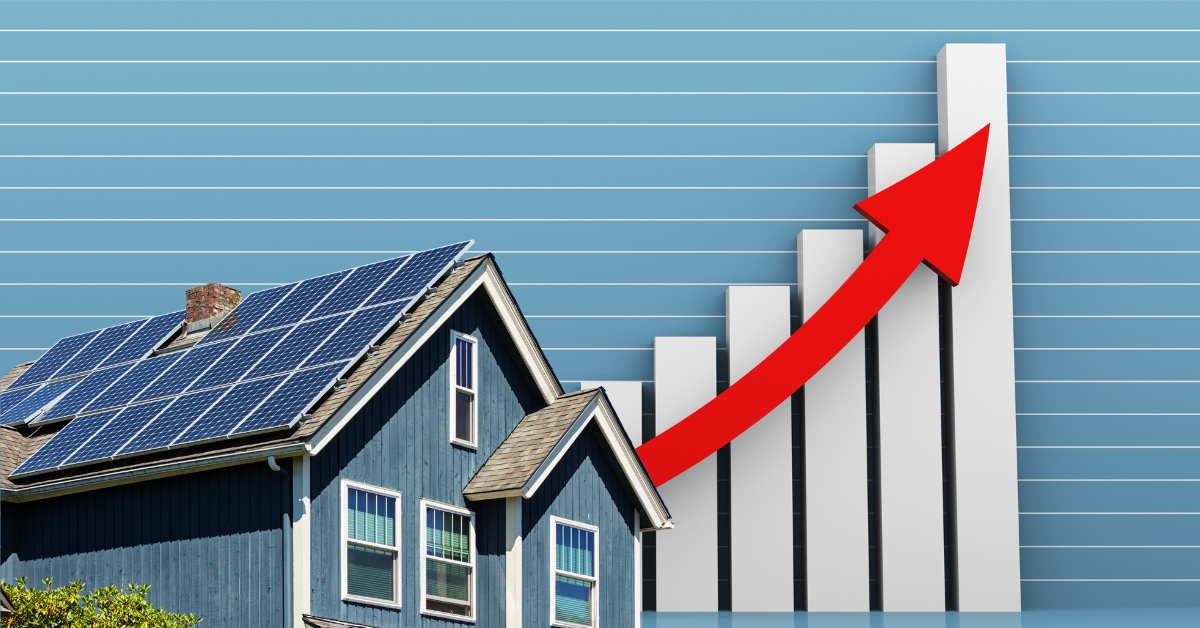
In 2022, global solar capacity hit an impressive milestone—the terawatt mark. Just a decade ago, in 2012, the world’s solar capacity stood at 100 GW. Now, experts predict global capacity will reach 2.3 TW by 2025 (SolarPower Europe, 2023). This exponential growth shows just how rapidly solar energy is expanding and underscores the increasing demand for renewable energy. Governments, companies, and individuals alike must seize this momentum to make solar energy more accessible and widespread.
Global Solar Power Generation
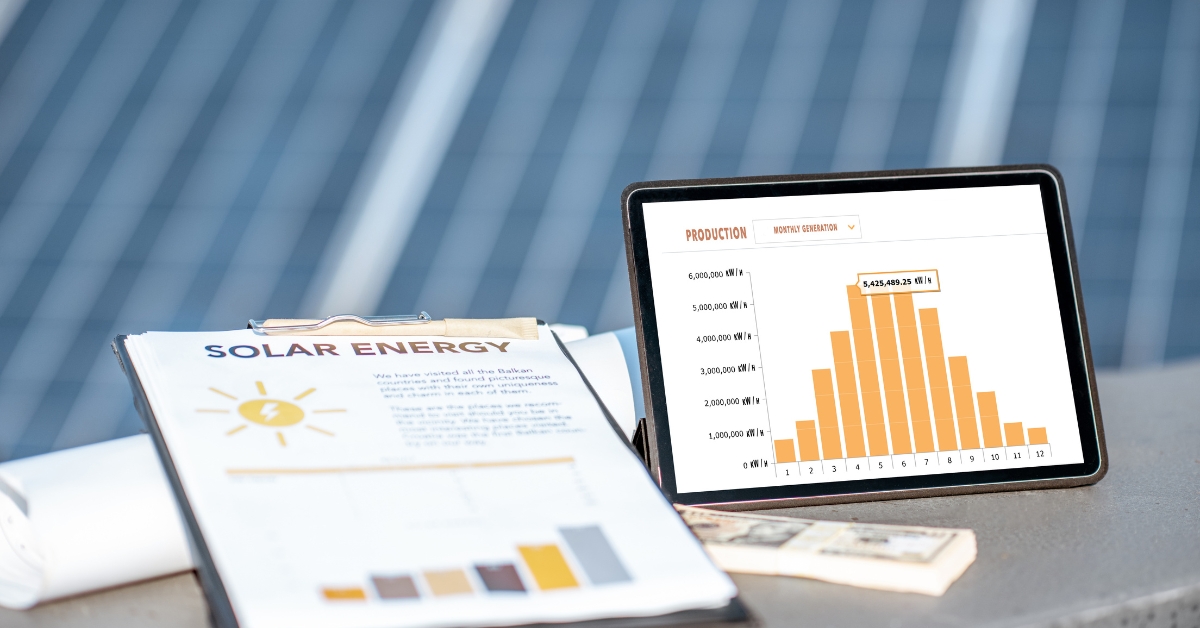
Looking ahead, global solar power generation is expected to surpass 3,000 GW by 2030 and a whopping 22,000 TWh by 2050. Solar energy is poised to become the world’s largest electricity source by 2030 (GlobeNewswire, 2023). This growth rate, around 14% annually, highlights just how crucial solar will be in the global energy mix in the years to come.
China currently leads the global solar market, adding more solar capacity in 2021 than the US and Europe combined. The United States saw its solar market grow by 42% in 2021, with India not far behind at 14.2 GW of new solar panel installations (GlobeNewswire, 2023). This surge in installations demonstrates that solar energy is gaining ground across different regions of the world.
Europe’s Solar Energy Trajectory
Europe has also experienced remarkable growth in solar power, with the region adding 31.8 GW of new solar capacity in 2021—a 33% jump from previous years (SolarPower Europe, 2023). Out of the 27 EU member states, 25 are expected to install more solar panels in 2022 than the year before, signalling a strong commitment to renewable energy.
Solar Energy Capacity Statistics
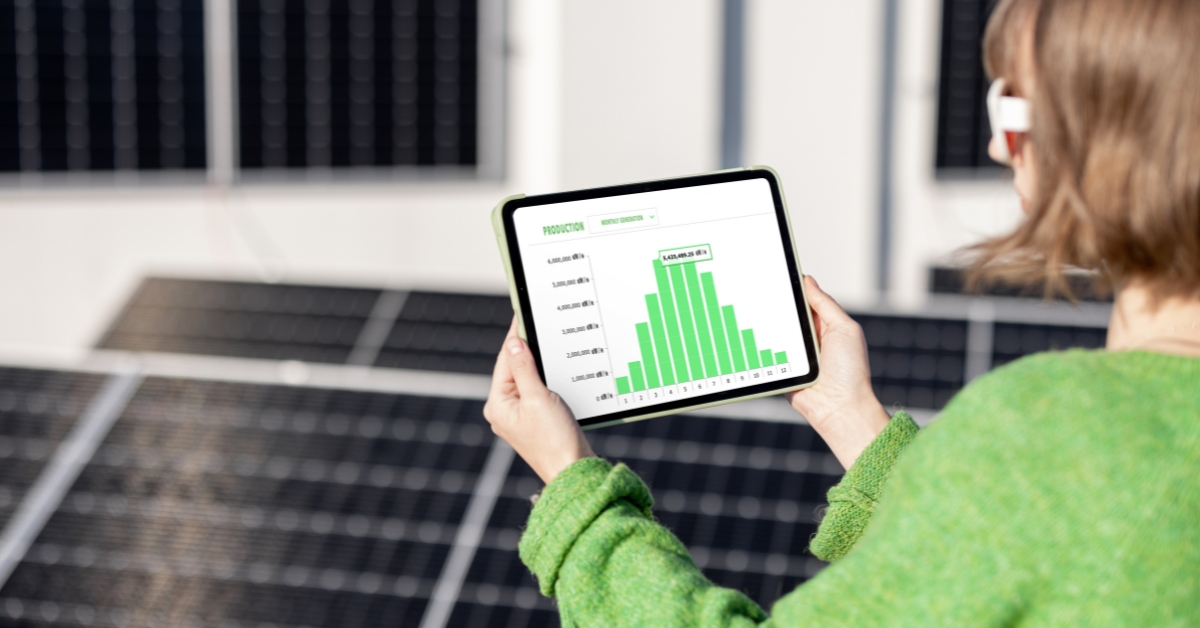
Despite the growth, solar energy capacity is still expanding unevenly across different regions. China and the United States are the two leaders in terms of cumulative solar capacity, responsible for 307 GW and 122 GW respectively as of 2022 (Statista, 2023). With such significant contributions, these countries are paving the way for others to follow.
India, with its unique geographical advantages, houses the world’s largest solar photovoltaic power plant, which generates 2,245 MW of energy (Statista, 2023). The country’s strong push for renewable energy has positioned it as a key player in the global solar market.
Solar Energy Consumption Per Capita
Australia currently leads the world in solar energy consumption per capita, with an average of 3,165 kWh per person. Japan, Germany, and the UAE also rank highly. The UK, meanwhile, consumed 475 kWh per capita in 2021 (Our World in Data, 2022). By focusing on per capita consumption, we get a clearer picture of how solar energy is utilised across different regions.
On the other hand, Africa still lags behind, producing only 6 TWh of solar electricity in 2021 (Our World in Data, 2022). Despite its abundant sunshine, the region has yet to fully harness its solar potential. However, with increased investment, Africa could become a powerhouse of clean energy, bringing electricity to more people across the continent.
Solar Panels in the UK: A Steady Climb
In the UK, solar energy continues to grow steadily as more homeowners and businesses invest in this renewable resource. By mid-2022, over 1 million solar panels had been installed, representing a 2.4% increase from the same period the previous year (Smart Energy, 2022). While solar power currently accounts for only 6.8% of the UK’s renewable energy mix, this figure is steadily rising.
In 2021, solar energy was one of the few renewables to show growth, alongside bioenergy (Gov.uk, 2022). And with technological innovations continuing to improve solar efficiency, the future looks bright. It’s worth noting, though, that to power the entire UK with solar energy, we would need to cover roughly 30,000 square kilometers with solar panels—around 12% of the country’s land area (House Grail, 2021).
Looking Ahead: Solar Energy’s Future in the UK
As of 2021, the UK’s total solar capacity stood at 14.6 GW, and it’s forecasted to continue rising each year. In 2021 alone, 0.73 GW of new capacity was installed (Solar Energy UK, 2021). The UK government aims to triple the number of solar installations by 2030 (Financial Times, 2022), a move that could significantly boost the country’s reliance on renewable energy. However, more emphasis should be placed on increasing the overall capacity of these systems to maximise energy generation.
What Type of Solar Energy Do People in the UK Prefer?
Solar energy infrastructure comes in many shapes and sizes, from residential rooftop installations to ground-mounted solar farms. This versatility is one of the reasons solar power is becoming such a popular renewable energy option. But which type of solar energy setup do UK consumers prefer? Let's dive into some statistics to find out.
Residential Rooftop Solar Panels: A Popular Choice
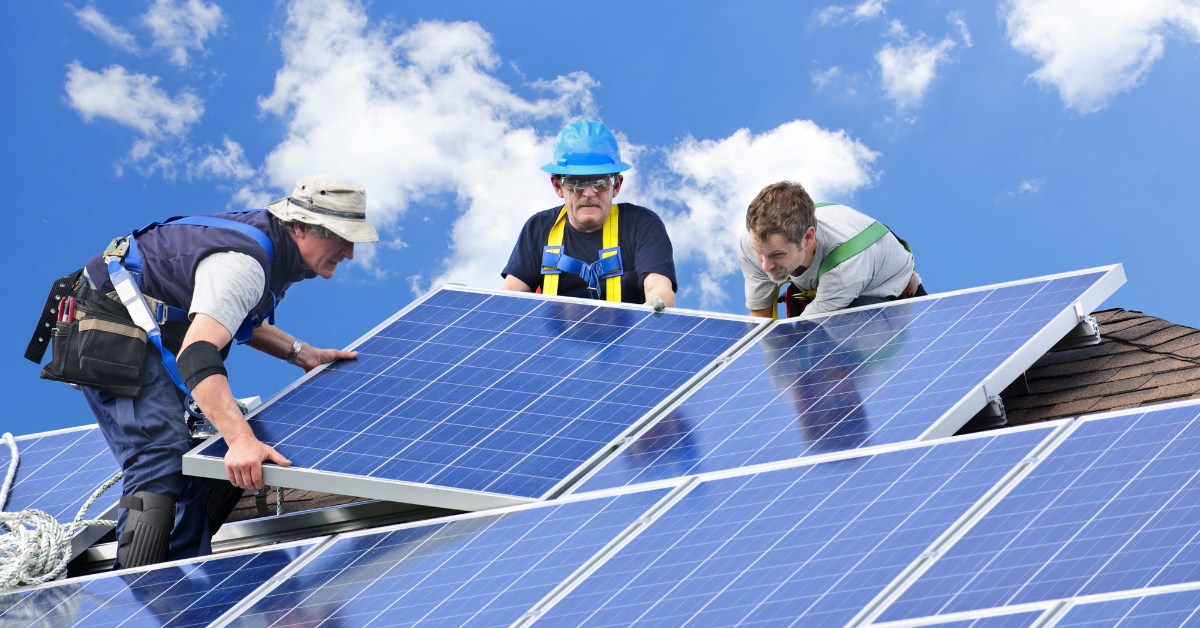
In recent years, there has been a surge in residential solar panel installations. In 2022 alone, around 500 MW worth of solar panels were installed on residential properties across the UK, a huge jump from the 100 MW capacity recorded in 2017 (Solar Power Portal, 2022). This growth can be attributed to government incentives and tariffs designed to encourage more people to adopt renewable energy. These programs have shown tremendous success, and it’s clear the residential solar sector will continue to thrive.
A standard 250W solar panel system cost between £400-£500 in 2022, but prices can vary depending on system size. One of the most common choices for homeowners is a 4KW system, which covers approximately 29 square meters of roof space and costs around £6,000 (GreenMatch, 2022). With solar panels offering long-term savings on energy bills, it’s no surprise that rooftop installations are booming.
Today, more than 5 GW of rooftop solar capacity has been installed across residential, commercial, and industrial sectors in the UK (Solar Energy UK, 2021). This trend indicates that both homeowners and business owners are increasingly turning to solar to save money and reduce their carbon footprint.
Commercial and Ground-Mounted Solar Panels: Growth Across All Sectors
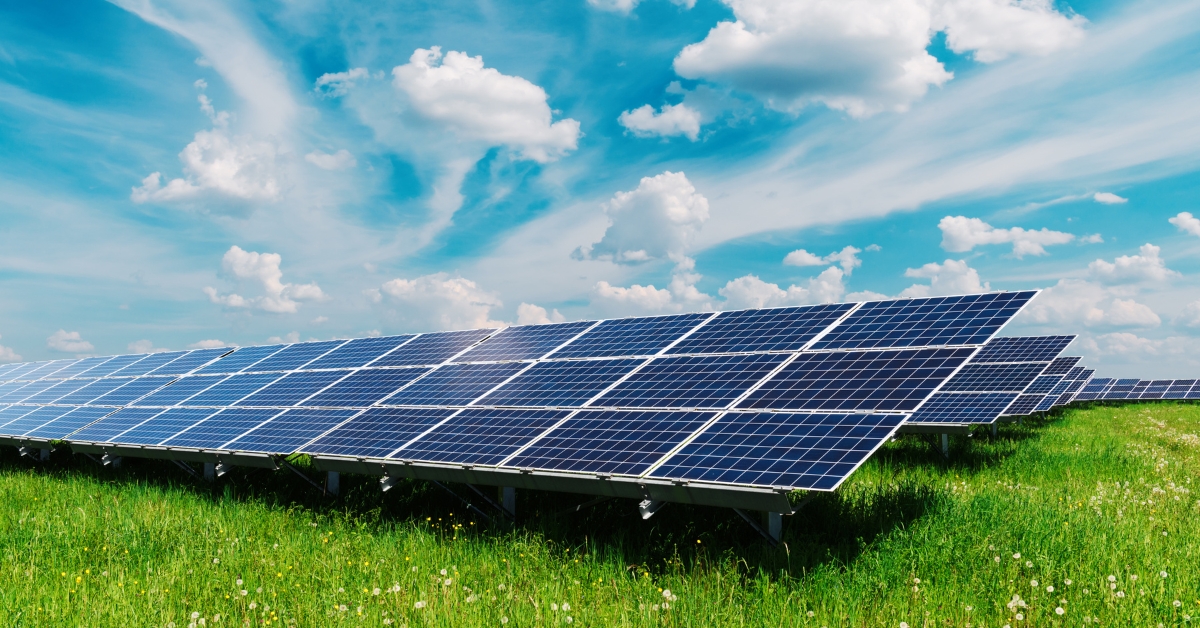
While residential installations are leading the way, commercial and ground-mounted solar panels are also experiencing significant growth. In 2021, commercial-scale solar installations reached 350 MW, and ground-mounted solar panels contributed nearly 700 MW of solar energy (Solar Energy UK, 2022).
This growth across all segments shows how adaptable solar energy is, with installations ranging from small residential systems to large solar farms. Whether it’s a business looking to cut operational costs or a homeowner wanting to reduce their energy bills, solar panels are proving to be a versatile and accessible energy solution.
The Rise of Solar Farms
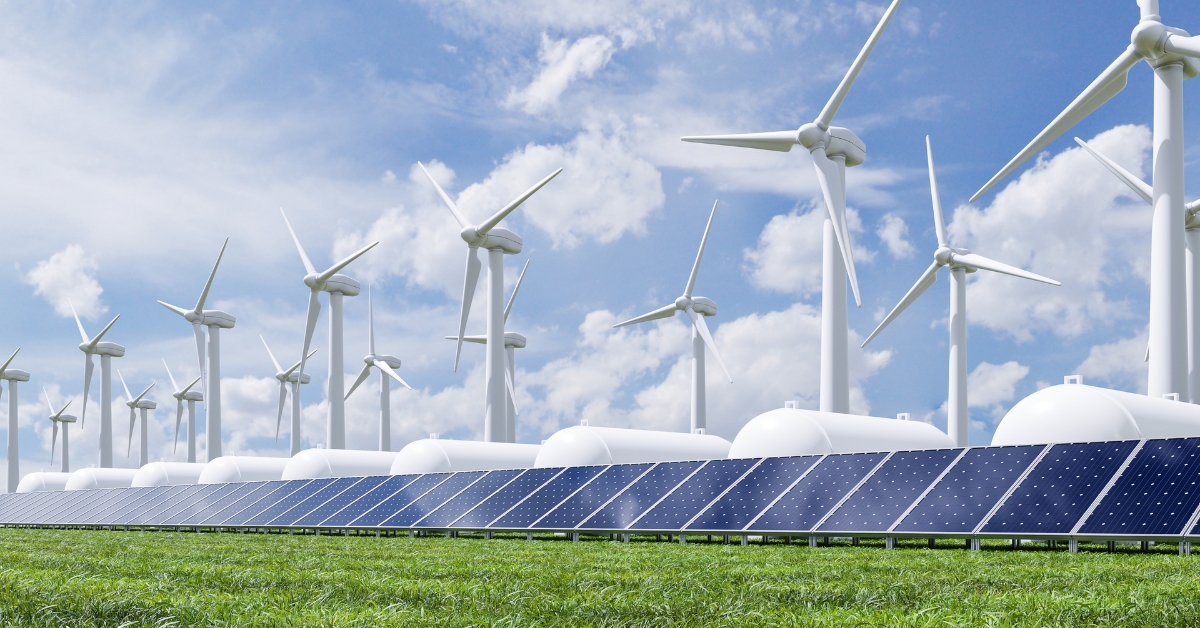
In addition to rooftop and commercial installations, there’s a growing push towards solar farms in the UK. As of 2022, there are around 500 solar farms feeding clean energy directly into the national electricity grid (The Eco Experts, 2022). Solar farms are an efficient way to generate large amounts of renewable energy, and with better infrastructure and technology, the government can continue to expand this capacity. Solar farms play a crucial role in making renewable energy available to a wider population and reducing reliance on fossil fuels.
Solar Energy’s Impact on Renewable Energy Growth
The global shift towards renewable energy is gaining momentum, with solar power leading the way. Between 2006 and 2030, global demand for solar energy is expected to increase 30 times (McKinsey, 2023). This sharp rise reflects growing awareness of the benefits of renewable energy, both for the environment and for long-term cost savings.
One of the key drivers behind the demand for solar energy has been the declining cost of Solar PV systems. This, combined with government initiatives and public support for sustainability, has helped solar power take center stage in the renewable energy movement. Wind energy is also growing in popularity, with demand expected to increase fourfold between 2006 and 2030 (McKinsey, 2023).
The UK’s Net Zero Goal and Renewable Energy Future
The UK government has set an ambitious goal to reach net zero emissions by 2050. To achieve this, they’ve pledged that all electricity will come from 100% zero-carbon generation by 2035 (National Grid, 2023). Solar energy is expected to play a crucial role in meeting this target, alongside other renewable sources like wind and bioenergy.
The decline of coal power has also been a significant factor in the UK’s transition to cleaner energy. In 2000, coal generated 120 TWh of electricity, but by 2021, that figure had dropped to just 6 TWh (Our World in Data, 2023). This sharp decline highlights the country’s shift away from fossil fuels and towards renewable energy sources like solar power.
As the UK continues its journey towards a cleaner energy future, the country is expected to produce its trillionth kilowatt-hour of renewable energy by 2023 (National Grid, 2023). While it took nearly five decades to produce the first half of that trillion, it will take just six years to generate the second half, showing the rapid acceleration in renewable energy production.
The Solar Boom: What’s Next?
It’s clear that the solar energy industry is booming, both in the UK and worldwide. Despite occasional setbacks caused by economic or global crises, awareness of the benefits of solar energy continues to grow. With new and innovative technology making solar energy more efficient and affordable, the industry is set to expand even further in the coming years.

